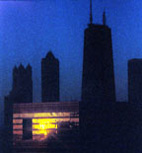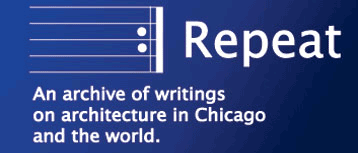|
"I'm going to say a horrible word," warns University of Illinois at Chicago architecture professor Roberta Feldman as she discusses the public's conception of prefabricated housing. "Trailer trash. We link it with people we consider uprooted and mobile." Housing built in a factory doesn't exclusively mean double-wides, and it may offer an affordable alternative to the usual -- and more expensive -- practice of building homes from scratch on-site. But it can be hard establishing a comfort level with a something that often seems as much joke fodder as housing type.
Feldman is co-curator of Design Innovations in Manufactured Housing, an exhibit running at the Field Museum through January 16, 2006 that attempts to move awareness of manufactured housing beyond the punch line. On display are concepts from eight architects and industrial designers who've explored ways that new technology and superior design can produce affordable prefab homes in forms as diverse as traditional freestanding one and two-story homes to stackable pods that create high-rise apartments.
"What's interesting is that the average American moves every five to six years,” Feldman says. “We're very mobile, but somehow the value of rootedness is expressed in site-built housing, even though we're not rooted. We associate renters and people who move a lot with shifty people who don't share our values and aren't civic-minded. Manufactured housing has gotten very tied up in that value system, and that's one of the reasons it's so stigmatized."
According to the department of Housing and Urban Development, 30 percent of new home construction in the past decade was either prefab or used prefab components, but examples in Chicago are rare. "We have so few examples in Chicago, I'm tongue-tied," Feldman says. "You find most manufactured housing built on the urban fringe or in rural areas."
But during the first half of the 20th century, Chicago was home to one of the great engines of manufactured housing.
 Next: Sears Catalogue Homes
Next: Sears Catalogue Homes
Designer Pre-Fab - Design Innovations in Manufactured Housing at the Field
lynnbecker@lynnbecker.com
© Copyright
2005 - Photos and text by Lynn Becker All rights
reserved.
|



